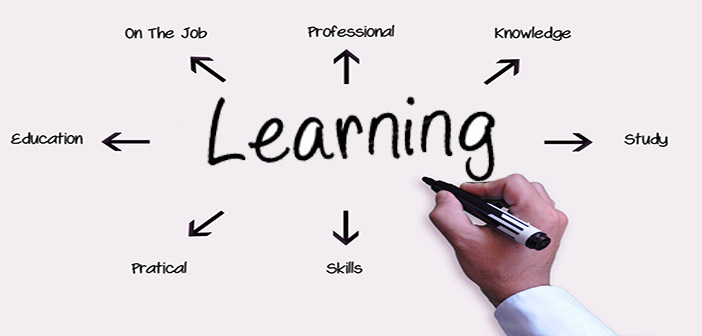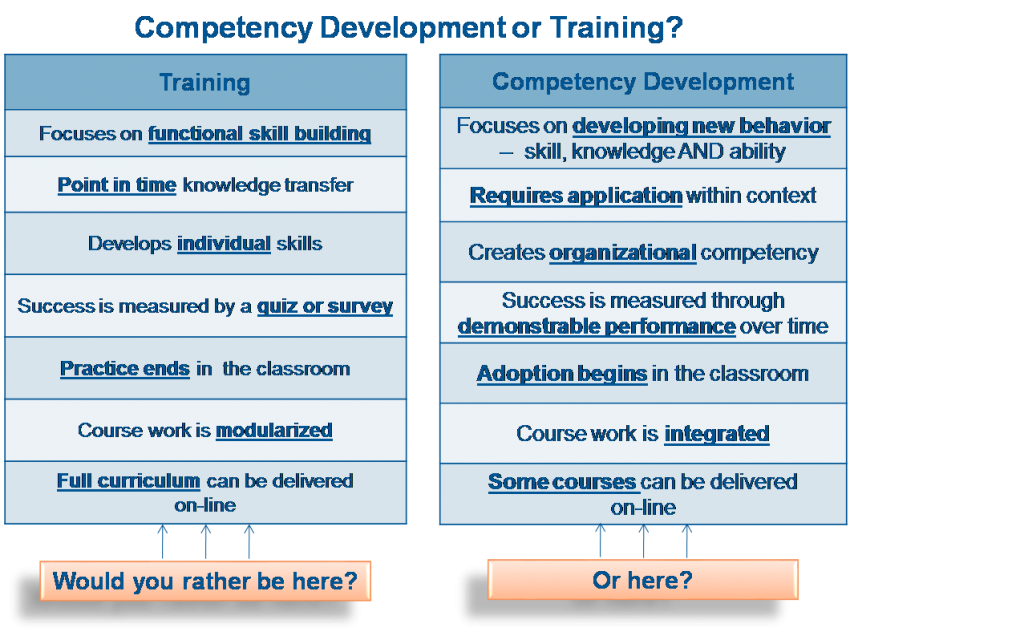Learning, for any company, should be considered an investment (with an associated ROI) and NOT a cost. It is an investment in its’ most valuable asset – its’ employees but corporate learning programs often get in the way of employee development instead of supporting it. I read an article earlier this week in HBR, “Using Design Thinking to Embed Learning in Our Jobs” which states that “ . . . recent research on global human capital trends shows that 84% of business leaders cite the “need for improved organizational learning” as a top priority, and 44% say it’s urgent”.
Most corporate L&D organizations spend lots of time and money on designing better programs or moving to “better” learning management platforms. “ . . . . there is something more fundamental going on – a need to totally rethink corporate L&D, to shift the focus to design thinking and the employee experience.” As a professional that has delivered learning programs for over 20 years, I believe that the real issue is multi-faceted:
- many learning programs are not viewed as relevant by the participants
- employees don’t know how to “connect the dots” between what they were taught in the classroom and what they do when they return to work
- organizations do not provide a learning environment which supports and encourages the experiential learning (practical on-the-job experience ) that is required to make training stick
- there is WAY TOO much emphasis on on-line training (great for foundational skills; little value for higher level skills)
- there is a big difference between training and competency development
The solution is NOT to blow up the L&D department but the emphasis needs to shift to ADOPTION of new skills and competencies. In our experience, when companies go through hard times the first thing that gets cut is the training budget. That is because organizations view employee development as a cost or expense as opposed to an investment with a very real ROI. Here are a few suggestions on how to create a learning environment within your organization:
- Prior to putting together an employee development program, determine which competencies are required for your employees to be successful
- Determine how your employees will use the new skills when they return to work and integrate the APPLICATION of those skills into their work – this is CRITICAL and very seldom done. We call this the ADOPTION BRIDGE
- Provide coaching (internal or external) and support to allow employees to practice the new skills in a safe environment
- Measure and REWARD employees that demonstrate their adoption of new skills
- Create internal “internships”. Rotate employees into new jobs periodically to expand their skill base
- Get employees involved in coming up with ideas on how to share their learning and knowledge with each other – e.g. weekly “lunch and learns”
- Make supervisors and managers accountable for the learning and development of their employees
- Bake learning into your corporate culture (very much like organizations have “safety moments” at the beginning of every meeting)
- Make learning fun – move from a “push” where you are forcing employees to learn to a “pull”
Those organizations that have created a learning environment for their employees have enjoyed a huge return on investment. None of the ideas above are difficult – they simply require commitment from management and employees to see it through. Millennials in particular look for companies where learning is a top priority because they see the value. The most successful programs do not make learning “one more thing” an employee has to do in an already busy day, instead learning is “the thing” that helps them get their work done and grow their career at the same time.
Let us know what you think and join in the conversation . . . . . . . . . . .


